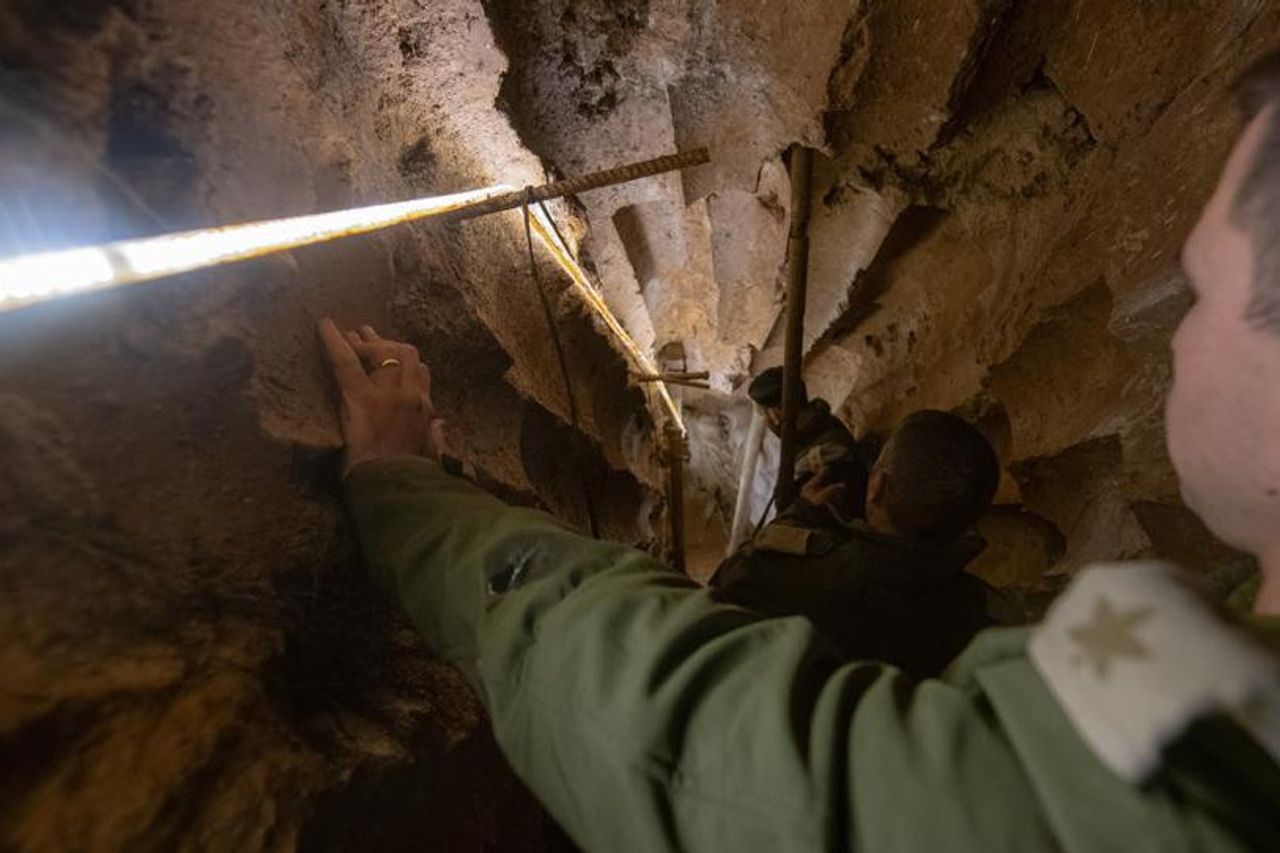Assisted By Iran And North Korea, Hezbollah's Underground Tunnel Network Beats Hamas's In Gaza

JAKARTA - A new report released by the ALMA Center has revealed that the Hezbollah guerrilla network of large-scale inter-regional tunnels stretches across Lebanon and is designed to allow the group to move personnel and weapons.
The report, entitled "Land of the Tunnels" released on Thursday by the research center on security challenges facing Israel on the northern front, was written by Major (res.) Tal Beeri.
Reports say Hezbollah started its tunnel project after the Second Lebanon War in 2006 with the help of North Korea and Iran and is much larger than Hamas's metro or underground tunnel network project in Gaza.
The network allegedly links the Beirut area, Hezbollah's headquarters, to the Beqaa area used by the group as a back base for its logistics operations with South Lebanon via underground.
The tunnels are also large enough for motorbikes, ATVs, and other small vehicles to pass, allowing troops to maneuver from place to place to strengthen defensive positions or to carry out attacks in a safe and protected area, in an invisible way.

The cumulative length of the network can reach hundreds of kilometers and in one area it stretches about 45 kilometers, connecting the Sidon region with Beqaa.
"According to our findings, it appears that part of the project was carried out in the geographic area of Jensnaya Wadi -- the valley between al-Hasania and Wadi el Leymoun -- Barti – al-Sfenta (between Sniyeh and Bouslaiya) -- Mizra Kafra- southern Zhalta. in the geographic area of al-Tswuan – al-Roummaneh – Jabal Toura (radar) – Louaizeh – Sejoud – Mizra'a al-Zaghrine – al-Aishia – al-Qotrani - al-Sriri --Brach Jabour --Meidoun --continued to West Beqaa," the report quoted The Jerusalem Post as saying Friday, August 13.
Like Hamas, the tunnels contain underground command and control rooms, weapons and supply arsenals, field clinics, and special shafts used to fire all kinds of missiles (rockets, surface-to-surface missiles, anti-tank and anti-aircraft missiles).
Beeri wrote that the tunnels were also used for artillery strikes, with the holes open for a short time before closing immediately. This shaft is hidden and camouflaged and cannot be detected above ground.

The tunnel in Lebanon, which does not cross the border with Israel, is similar to the tunnel model in North Korea.
The report further states that Hezbollah's tunnel network was built with the help of a North Korean company called the Korea Mining Development Trading Corporation, a company specializing in the development of underground infrastructure. Meanwhile, the actual tunnel construction was carried out by Hizbullah Jihad Construction.
SEE ALSO:
In 2018, the Israeli military (IDF) launched Operation Northern Shield to find and destroy all cross-border tunnels excavated by Hezbollah into northern Israel, although the military said it had found and destroyed six of them.
The destruction of their cross-border tunnel dealt a significant blow to the group, and according to the IDF, they have not tried to rebuild it since.
